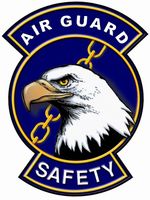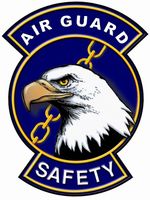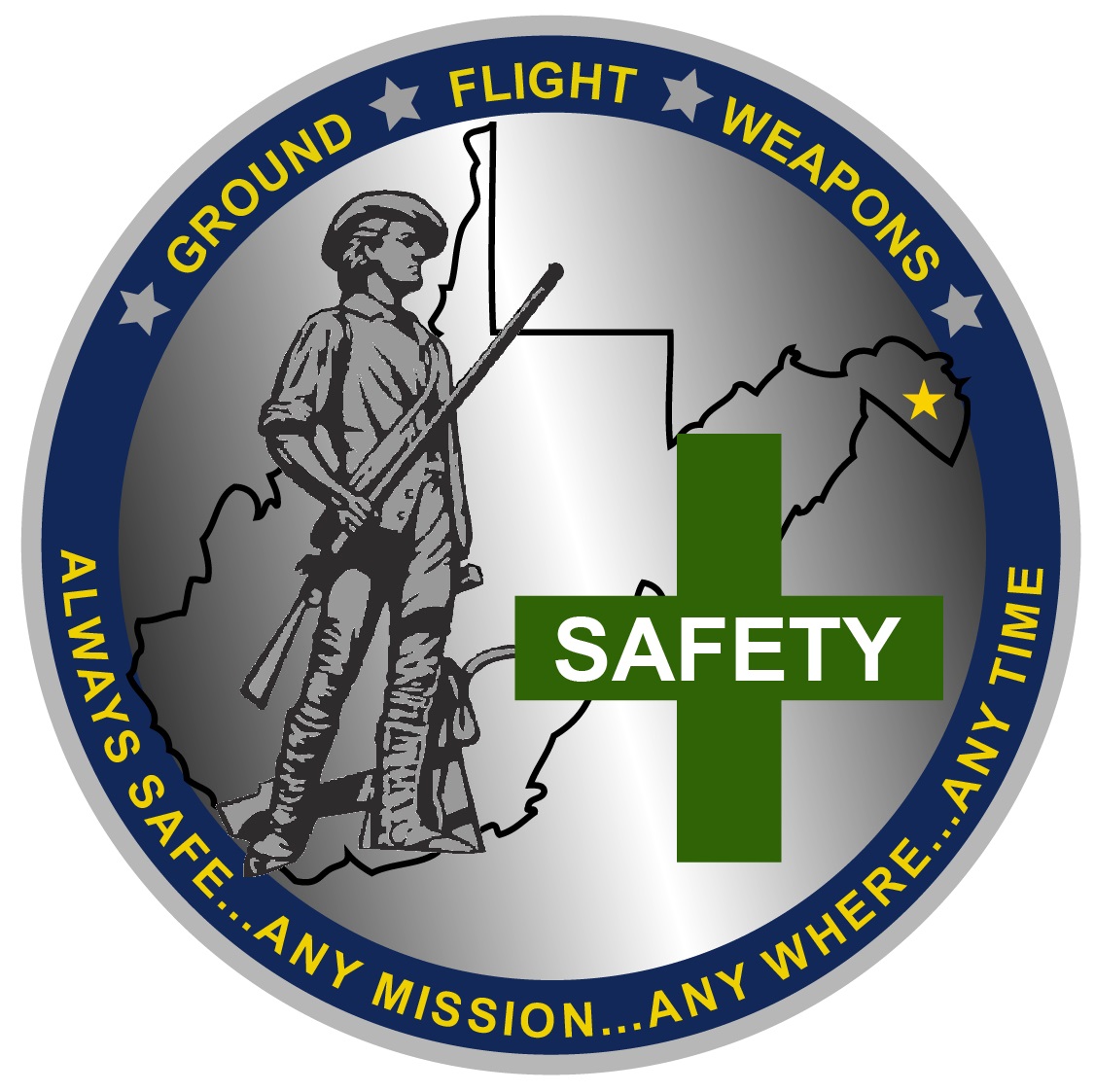Information
-
Document No.
-
Audit Title
-
Client / Site
-
Conducted on
-
Prepared by
-
Location
-
Personnel
13.1.1 Fall Protection Checklist
-
13.9.1. Are workers provided fall protection when exposed to falls of four (4) feet or more?<br>Reference 13.2.2
-
13.9.2. Are active and passive means of fall protection considered before using procedural controls?<br>Reference 13.3.1.3
-
13.9.3. Has a JSA been performed and coordinated with the installation safety office prior to the use<br>of procedural controls for protecting workers from falls? Reference 13.3.1.3
-
13.9.4. Are all PFAS components marked to indicate compliance with ANSI Z359.1.? Reference<br>13.4.6.2
-
13.9.5. Are wire rope, rope covered wire lanyards, plastics (such as nylon) and wet lanyards<br>prohibited where an electrical hazard may be present? Reference 13.4.6.5
-
13.9.6. Can anchorage connectors withstand a 5000 pound load for each PFAS connected?<br>Reference 13.4.6.7
-
13.9.7. Do workers inspect their PFAS prior to each use for mildew, wear, damage and other<br>deterioration? Reference 13.4.6.10.2
-
13.9.8. Does the supervisor ensure all PFAS components receive a thorough inspection at least<br>quarterly and keep the record of inspection for at least one year? Reference 13.4.6.10.3
-
13.9.9. Are PFAS components subjected to impact loading immediately removed from service and<br>not be used again until inspected and determined by a competent person to be undamaged and<br>suitable for reuse? Reference 13.4.6.11.8
-
13.9.10. Are workers/competent persons trained and evaluated on the fall protection/fall arrest<br>system prior to use? Reference 13.6
-
13.9.11. Is recurring fall protection training conducted annually, when work conditions change or<br>when new fall protection/fall arrest systems are procured? Reference 13.6
-
13.9.12. Is a rescue plan included in each fall protection plan to assure prompt rescue of fallen<br>workers? Reference 13.7











